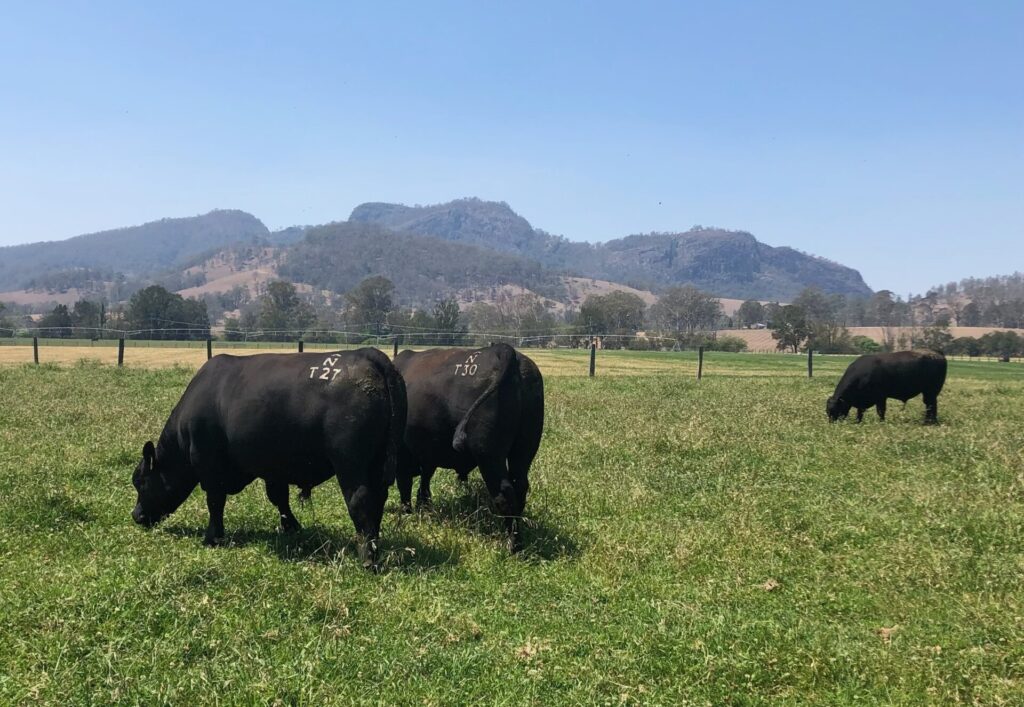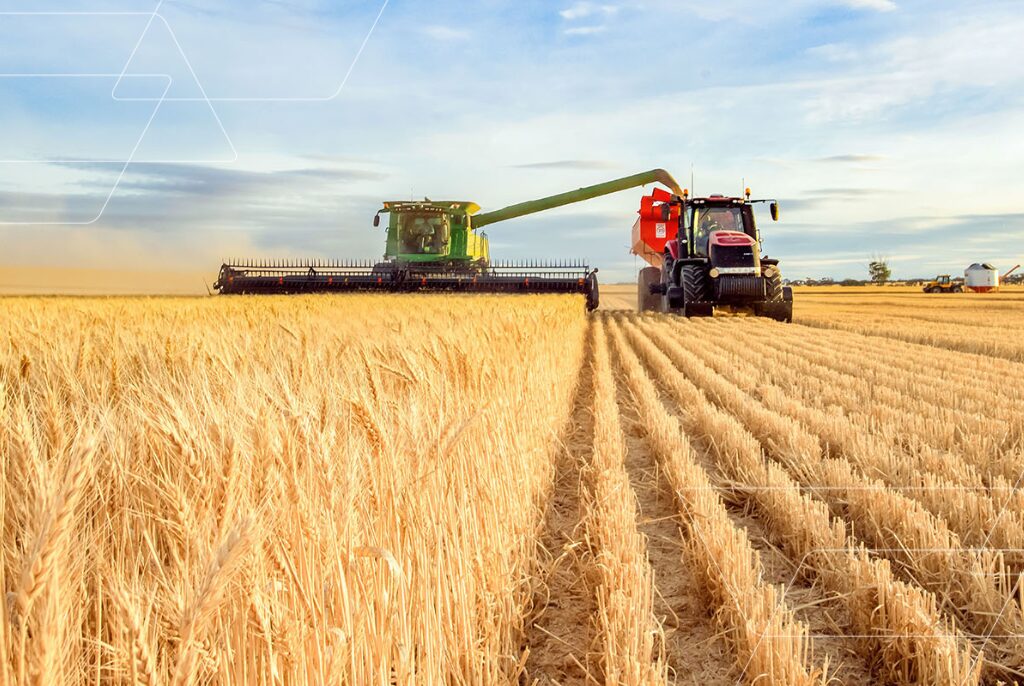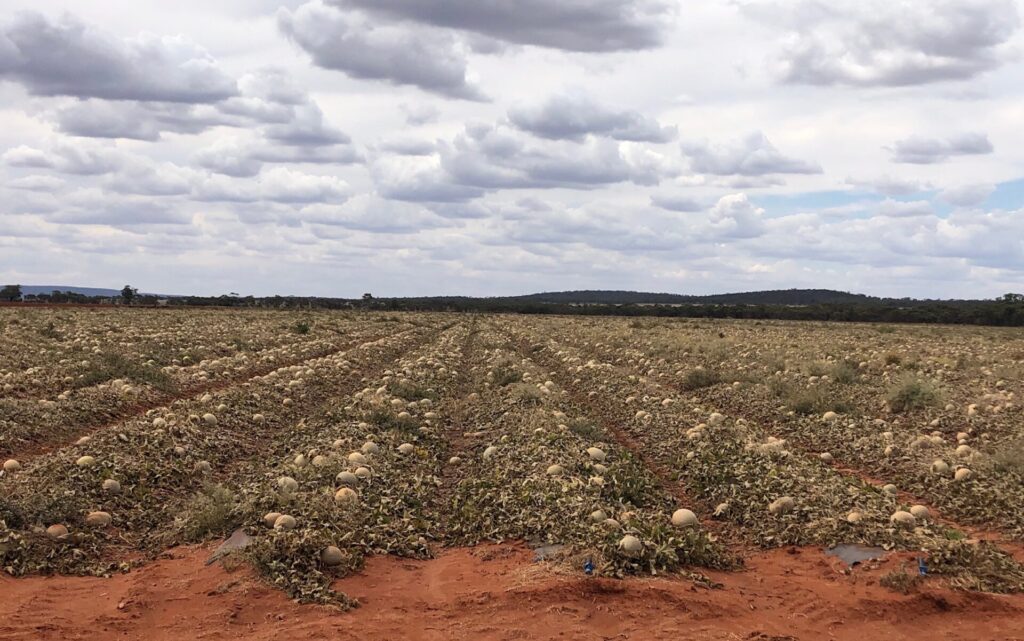In the world of agriculture, unpredictability is the norm. From fluctuating market prices to
changing weather patterns, farmers face a unique set of challenges that can impact their
profitability. One way to navigate this uncertainty is through hedging; a financial strategy that
allows farmers to protect their operations against price volatility.
What is Hedging?
Hedging is like an insurance policy against financial risk. It involves using financial
instruments, such as futures contracts or options, to lock in prices for crops, livestock, or
other agricultural products. This strategy helps mitigate the risk of unfavourable price
movements in the market, ensuring that farmers maintain a level of financial stability.
Why Should Farmers Hedge?
- Protect Profit Margins
Market prices for agricultural products can swing dramatically due to supply chain
issues, international demand, or geopolitical factors. Hedging ensures farmers can
secure a consistent profit margin by locking in favourable prices for their products or
inputs. - Plan for the Future
With a stable revenue projection, farmers can make confident decisions about
investments, equipment purchases or expanding their operations. - Manage Input Costs
Hedging isn’t limited to selling; it can also help manage costs. For example, locking in
prices for feed, fertiliser, or fuel ensures that unexpected cost increases don’t eat into
profits. - Weather Resilience
While hedging can’t control the weather, it provides a financial buffer to recover from
crop losses or delays caused by extreme conditions. - Market Advantage
Farmers who hedge can focus on optimising production and quality without worrying
about market timing or last-minute price dips.
When Should Farmers Hedge?
- Ahead of Planting or Production
Many farmers hedge before planting to lock in prices for crops or livestock they plan to produce, ensuring that even if market prices fall, they are still profitable. - During Market Volatility
Periods of significant market uncertainty, like changing global trade policies or fluctuating currency rates. These are prime times to hedge. - Before Major Purchases or Investments
Hedging during periods of planned capital expenditure ensures that expected revenue isn’t jeopardised by unforeseen market shifts. - When Breaking Even is at Risk
If market projections suggest that prices may drop below a farmer’s cost of production, hedging can secure a breakeven or profitable price.
The Hedging Toolbox
Farmers have access to various hedging tools, including:
- Futures Contracts
Agreements to sell or buy a commodity at a fixed price on a
specific future date. - Options
Contracts that give farmers the right—but not the obligation—to sell or buy
a commodity at a set price. - Forward Contracts
Agreements directly with buyers to sell a specific amount of
product at an agreed-upon price.
The Role of LA AgFin
At LA AgFin, we understand the unique pressures faced by Australian farmers. Our team
works with you to develop tailored financial strategies, including hedging solutions, that align
with your operational goals. Whether you are looking to protect your profit margins or
navigate unpredictable markets, we’re here to help ensure your farm’s success.
Final Thought
Hedging isn’t about predicting the market; it’s about protecting your business from its
unpredictable nature. By adopting a proactive approach, farmers can turn market volatility
from a threat into an opportunity for stability and growth.




